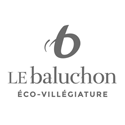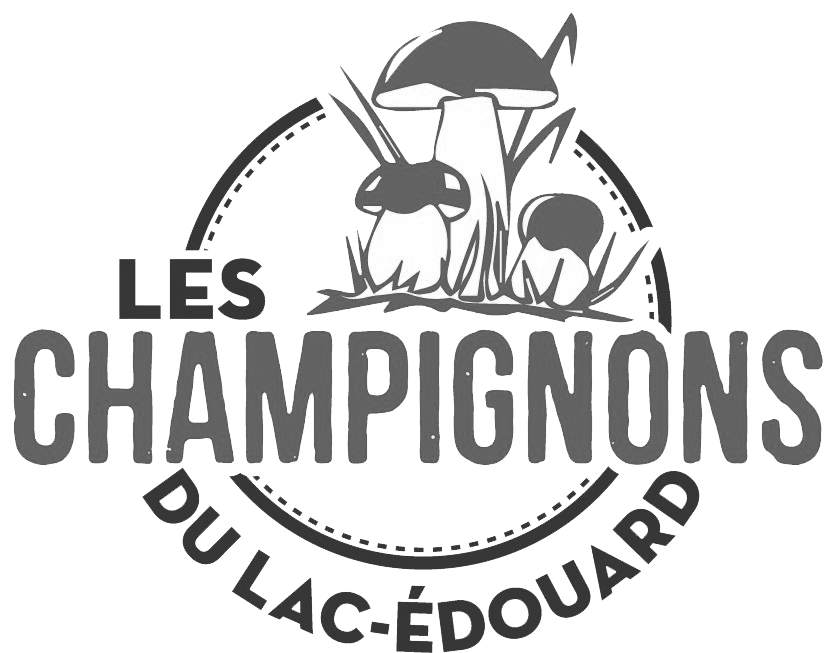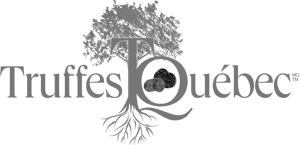
The False Chanterelle’s habitat, size and features are nothing like the Chanterelle. Nevertheless, the mushroom continues to cause serious intoxications in the deciduous forest zone, mainly south of Montreal. It grows in dense clusters on roots and stumps or at the feet of deciduous hardwood trees whose roots it has parasitized 1 2. Touching it leaves an orange powder on the skin. Poisoning by the False Chanterelle is less serious than poisoning by a Destroying Angel because it occurs much more quickly and the chemical antidote can be administered earlier. Still, it is a serious intoxication that requires prompt hospitalization. In many cases, poisoning is the result of picking mushrooms from the grounds of one’s own residence in the city or the suburbs.
In contrast to the Chanterelle, which grows sparsely in small troops in coniferous forests, the False Chanterelle develops in a dense cluster of stems connected at the base 3. This one feature should be enough to sound the alarm. If the mushroom also stains one’s hands with an orange powder, there should be no doubt as to its toxicity.
The False Chanterelle is much larger than the Chanterelle. The stem is pointed 3 4, the cap has real gills, and the flesh is full and slightly orange in colour 6.
Photos: Fernand Miron.
Habitats where you can find this species :
Click on thumbnails
to get a larger image
Possible companion species







































